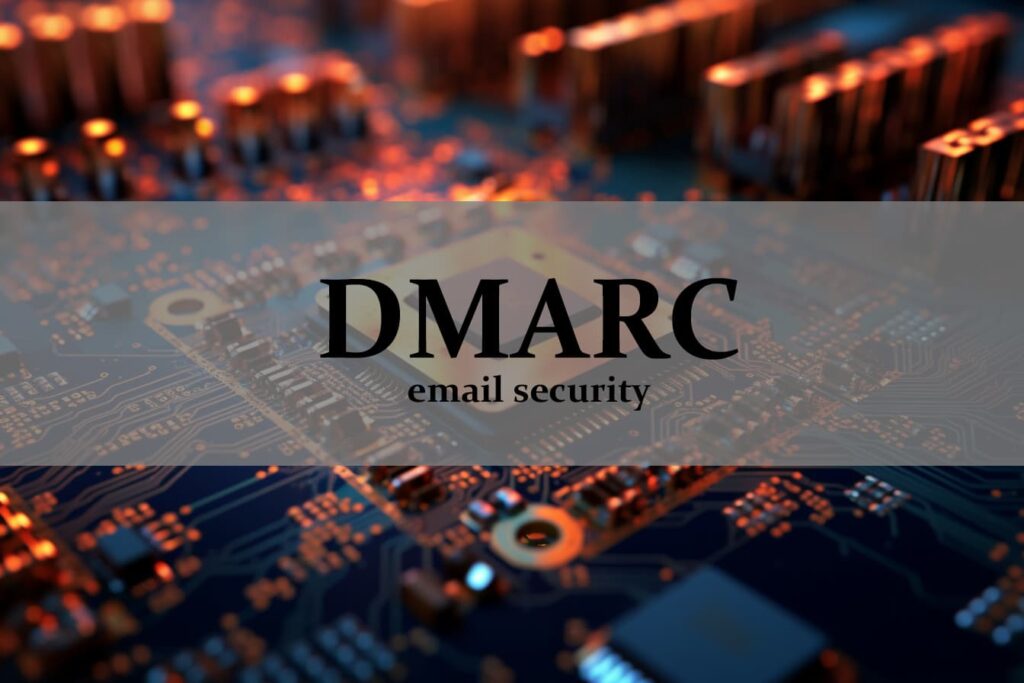Starting May 5, 2025, Microsoft will enforce stricter DMARC authentication rules for domains sending more than 5,000 emails per day to Outlook.com, Hotmail.com, and Live.com addresses.
Microsoft has announced new sender authentication requirements designed to protect inboxes from spoofing and phishing. These changes bring the company in line with similar measures already adopted by Google and Yahoo in 2024.
For system administrators managing domains that send bulk email traffic, this update is not optional—it’s a compliance requirement. Organizations failing to meet the new standards risk having their emails delivered to spam folders, or worse, rejected entirely.
Why Microsoft Is Enforcing Stronger Email Authentication
Email remains a critical attack vector. Spoofed messages, phishing, and impersonation continue to plague users and infrastructure. In response, major email providers are cracking down on improperly authenticated messages to reduce risk.
Microsoft’s new requirements aim to:
- Improve the security and trustworthiness of Outlook mailboxes.
- Reduce spam and malicious email.
- Ensure only properly authenticated emails reach the inbox.
New Authentication Rules for High-Volume Senders
If your organization sends more than 5,000 emails per day to Microsoft consumer domains, you must meet the following technical requirements:
| Protocol | Minimum Requirement | Notes |
|---|---|---|
| SPF | Must pass and align with the “From” domain | Include all sending IPs in DNS |
| DKIM | Must pass and align with the “From” domain | Sign messages with a domain-aligned key |
| DMARC | Published with at least p=none policy | Must align with either SPF or DKIM (preferably both) |
DMARC alignment is mandatory. Either SPF or DKIM must validate AND align with the domain in the
From:header.
Timeline of Enforcement
| Date | Action | Impact |
|---|---|---|
| April 2, 2025 | Preparation phase begins | Review and update SPF, DKIM, and DMARC records |
| May 5, 2025 | Junk folder enforcement | Non-compliant messages will be routed to spam |
| TBA | Full rejection | Non-compliant emails will be blocked entirely |
Key Steps for System Administrators
- Ensure DMARC is published in your DNS zone (
p=none,quarantine, orreject). - Verify SPF records include all third-party sending services (e.g., marketing platforms, transaction providers).
- Confirm DKIM keys are configured correctly, aligned with your domain, and actively signing outbound messages.
- Monitor DMARC reports (RUA/RUF) to detect misconfigurations or unauthorized senders.
- Review alignment: the domain in your SPF or DKIM signature must match your
From:address domain.
Recommended Tools
These tools help verify your setup and provide human-readable DMARC reports.
Best Practices for Deliverability
Microsoft also encourages following these email hygiene best practices:
- Use valid and monitored
FromandReply-Toaddresses. - Provide clear unsubscribe links and comply with CAN-SPAM or local email laws.
- Clean up mailing lists regularly to reduce bounce rates and spam complaints.
- Craft honest subject lines to avoid spam triggers and increase open rates.
What Happens If You Don’t Comply?
Failing to implement these changes doesn’t just impact deliverability—it affects brand trust and domain reputation. Microsoft’s systems will gradually increase enforcement, moving from junk folder placement to full message rejections.
This affects:
- Marketing emails
- Transactional communications (password resets, invoices)
- Newsletters and automated alerts
Even if your domain doesn’t hit the 5,000 emails/day threshold, implementing these standards proactively improves your email performance and prepares you for future requirements.
Final Thoughts
For sysadmins, this is the time to audit your email authentication stack. If you’re not sure whether your SPF, DKIM, or DMARC records are valid—or even present—it’s time to check. The shift toward authenticated email isn’t just a best practice anymore: it’s becoming a necessity.
Microsoft is setting a clear direction: if you don’t authenticate your emails properly, they won’t make it to the inbox.
Start now. Review your records. Run tests. Monitor results. Because after May 5, your emails might not be welcome in Outlook inboxes unless your domain is fully compliant.
Sources: Noticias cloud, Buenas prácticas de seguridad para email y PowerDmarc

